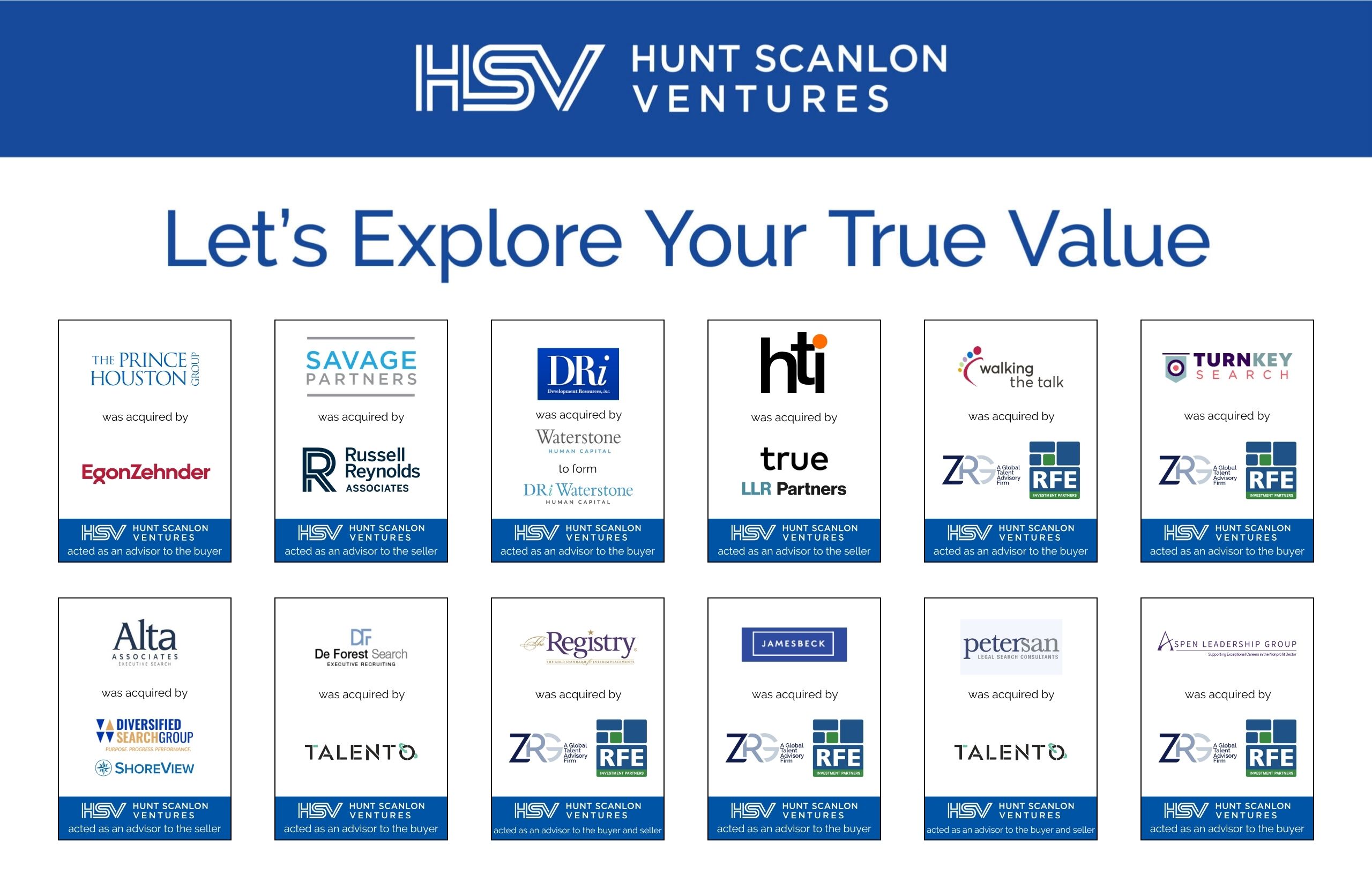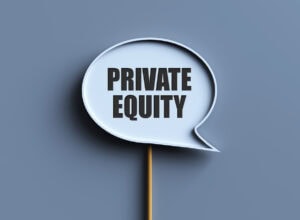Gaps between two converging cultures can create friction at any stage of an M&A transaction. Hunt Scanlon Ventures co-CEO, Scott A. Scanlon, takes a deep dive into ‘culture management’ and examines the critical steps you can take before, during, and after an M&A process to integrate teams, build a results-driven culture, and reduce acquisition risk.
New research from McKinsey & Company confirms that companies that regularly and systematically pursue moderately-sized M&A deliver better shareholder returns than companies that don’t. To be sure, M&A offers companies an unparalleled opportunity to scale. Why, then, do so many acquisitions fail?
According to Culture Partners, a West Coast-based culture consultancy, poor outcomes are the result of a variety of common inadequacies, including ineffective risk management, unclear operational strategy, lack of communication between stakeholders, and poor project management.
But the inability to integrate disparate company cultures is the most critical. Research published in the International Journal of Innovation and Applied Studies confirms that misalignment between two company cultures is a prominent factor in acquisition failure, according to the firm.
“Culture alignment requires intentional management,” said Scott A. Scanlon, co-CEO of Hunt Scanlon Ventures based in Greenwich, Conn. “Ignoring culture gaps between two companies can create integration complexity once a deal is consummated,” he added. Worse, he said, is not addressing culture assimilation early on. “We have seen deals collapse over it,” he said.
Cultural Mismatch
According to Culture Partners, when preparing for an acquisition, leaders from both organizations seeking to merge are often laser-focused on the goals of their own organization. For example, one may be focused on boosting long-term growth while the other is focused on immediate expansion of their product portfolio. Failing to address the needs of the combined entity, says the consultancy, can lead to escalating conflicting priorities and confusion around expectations across the newly combined teams.
“When culture isn’t accurately assessed the results can skew.”
Getting the alignment right up front is a key step to mitigating poor outcomes later seems to be the general consensus among dealmakers and those consulting from the sidelines. Data from 1,400 M&A deals, collected by Mercer, concluded that cultural issues were the reason that 420 of them, or 30%, failed to meet their financial targets.
“Cultural mismatch can generate friction that holds back integration in a combined organization and hinders productivity,” said Mr. Crook. “When culture isn’t accurately assessed,” he added, “the results can skew.”
Bain & Company surveyed managers involved in 40 M&A deals. In 15 that Bain classified as “successful,” almost 90% of the acquirers reported identifying essential talent for retention during due diligence, typically before the deal had closed. In the remaining unsuccessful deals, acquirers did not identify essential talent.
While these statistics make the value of retaining essential talent clear, good human due diligence identifies more than just key people. “It is important for acquirers to have an accurate assessment of cultural fit,” said Richard Stein, chief growth officer for Amazing Workplace, where he helps clients focus on turning company culture into a competitive advantage.
“M&A creates a lot of organizational anxiety about the future,” he noted. “In most cases, the operating model and culture will change dramatically for one or both merging companies,” he pointed out. One challenge is leadership’s tendency to focus mostly on changes that would directly help to capture a deal’s value targets, he said, while largely ignoring those required to maintain and enhance the company’s ongoing day-to-day business.
Surefire Success
Identifying the right set of expectations gives leaders the clarity and confidence to align their teams quickly and reduce the confusion that can set in after an acquisition, said Culture Partners. When the desired outcomes are clear and compelling, the new organization gets something to work toward, together. Then the work begins aligning around the culture to deliver those results.
“Culture plays the largest role in boosting triumphant M&A performance. Get culture right, and you’ve likely put your deal on a surefire road to success.“
According to the firm, there are three culture combinations that describe the type of integration taking place during M&A: assimilation, correlation, and co-creation.
Assimilation occurs when one organization agrees to conform to the other’s existing culture. This requires that every employee in the assimilating organization commits to adopting the cultural norms of the other organization—and takes personal accountability for shifting their own cultural norms to align with them. Assimilation is typically recommended when a large corporation acquires a much smaller organization, as shifting the culture of a small organization will be a more efficient, cost- and time-effective effort.
Correlation occurs when each organization’s culture remains largely independent, sharing best practices during and after the transaction.
While assimilation and correlation are appropriate culture combinations for some acquisitions, co-creation is often required to deliver a successful outcome. This culture combination occurs when organizations bridge cultural gaps and collaborate to define and align their leadership development and business process toward an entirely new culture. Co-creation is the most challenging culture combination to deploy because it demands effective high-level communication, compromise, and clarity, according to Culture Partners.
“The challenge we see, and that Culture Partners has concluded, is that most organizations fail to align around a strategic approach to culture integration and instead allow it to occur organically,” said Mr. Crook. “Culture plays the largest role in boosting triumphant M&A performance,” he said. “Get culture right, and you’ve likely put your deal on a surefire road to success.”
Article By

Scott A. Scanlon
Scott A. Scanlon is Co-CEO of Hunt Scanlon Ventures, which was formed to assist human capital firms realize their full investment potential. Scott has spent the last three years building the firm’s M&A advisory unit, which now offers a full range of critical solutions to guide founders and their management teams to successful exits. Connect with Scott.






